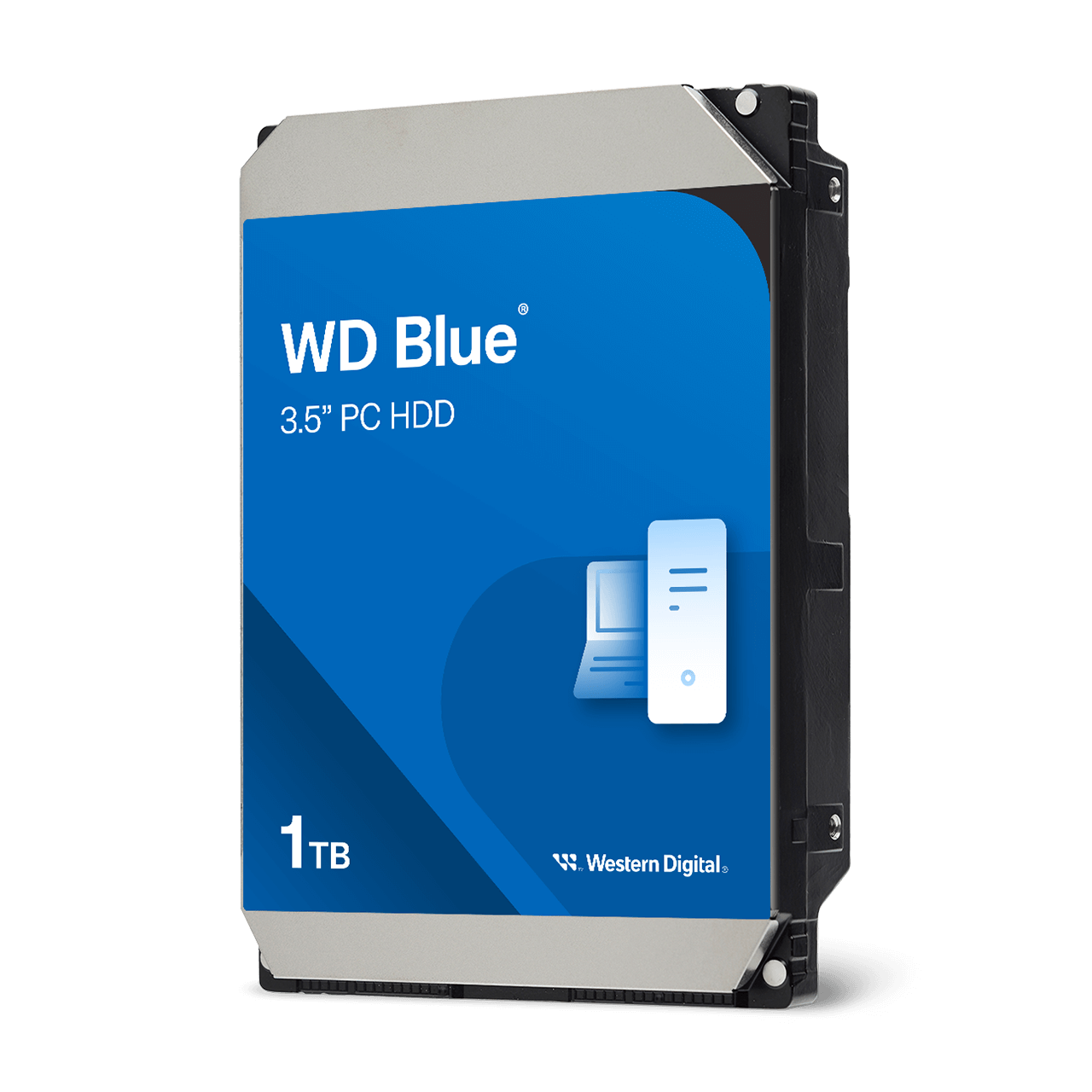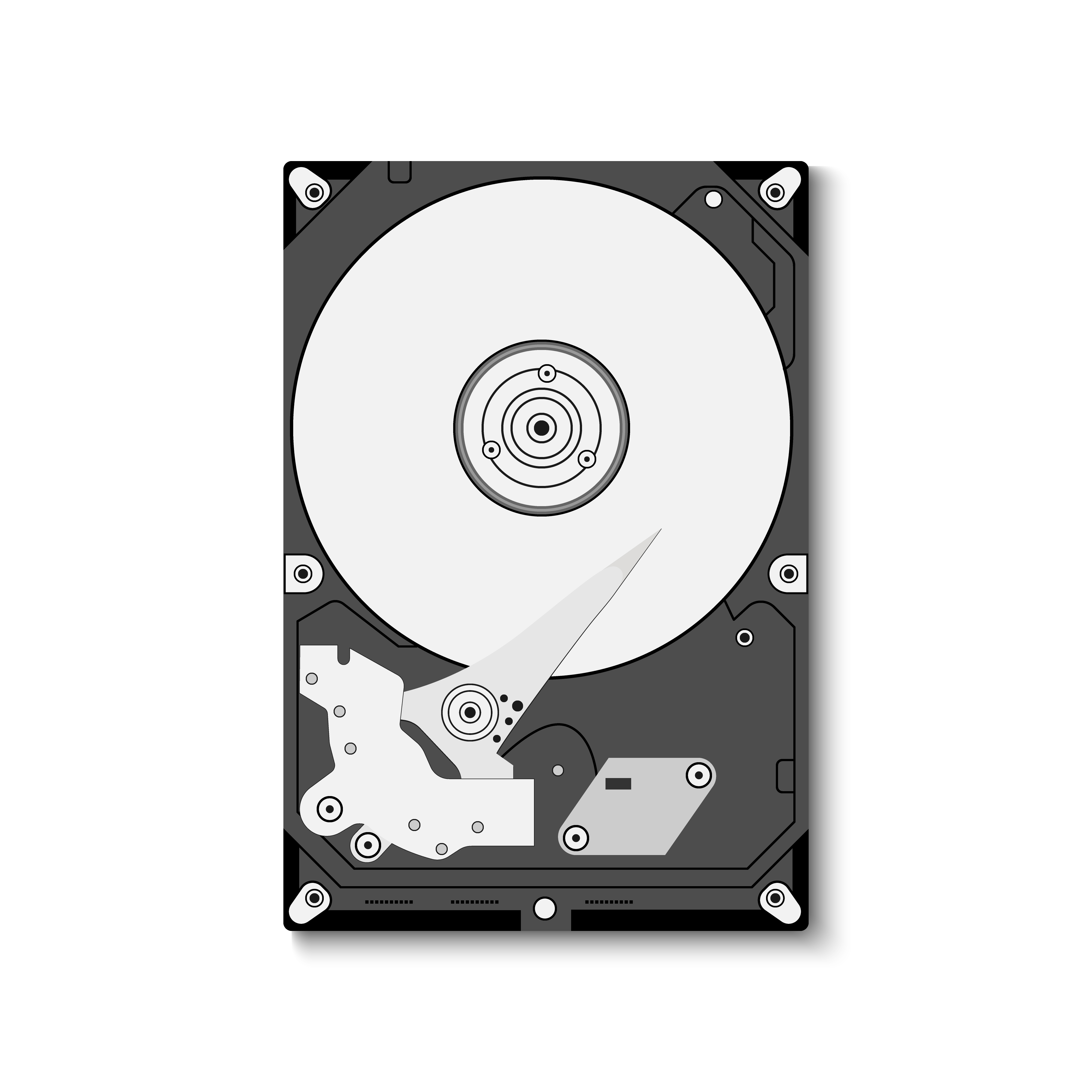

It was announced in 1956 with the then new IBM 305 RAMAC computer.


The IBM 350 Disk File was developed under the code-name RAMAC by an IBM San Jose team led by Reynold Johnson. Unit production peaked in 2010 at about 650 million units and has been in a slow decline since then. Smaller, laptop internal 2.5-inch drives, are available up to 5 TB. As of August 2020, desktop hard disk drives typically had a capacity of 1 to 8 terabytes, with the largest-capacity drives reaching 20 terabytes (single-disk drives, "dual" drives are available up to 24 TB).
#HARD DISK DRIVE PC#
During the mid-1990s the typical hard disk drive for a PC had a capacity of about 1 gigabyte. When hard drives became available for personal computers, they offered 5- megabyte capacity. The capacity of hard drives has grown exponentially over time. Drives with smaller media generally conformed to de facto standard form factors. Individual drives often required high-current AC power due to the large motors required to spin the large disks. Drives with the larger 24-inch- and 14-inch-diameter media were typically mounted in standalone boxes (resembling washing machines) or large equipment rack enclosures. Later generations progressively reached factories, offices and homes, eventually becoming ubiquitous.ĭisk media diameter was initially 24 inches in diameter, but over time it has been reduced to today's 3.5-inch and 2.5-inch standard sizes. The earliest drives were usable only in the protected environment of a data center. Įach generation of disk drives replaced larger, more sensitive and more cumbersome devices. US Patent 3,503,060 issued March 24, 1970, and arising from the IBM RAMAC program is generally considered to be the fundamental patent for disk drives. The commercial usage of hard disk drives (HDD) began in 1957, with the shipment of a production IBM 305 RAMAC system including IBM Model 350 disk storage. The disk drive created a new level in the computer data hierarchy, then termed Random Access Storage but today known as secondary storage, less expensive and slower than main memory (then typically drums and later core memory) but faster and more expensive than tape drives. After considering technologies such as wire matrices, rod arrays, drums, drum arrays, etc., the engineers at IBM's San Jose California laboratory invented the hard disk drive. In 1953, IBM recognized the immediate application for what it termed a "Random Access File" having high capacity and rapid random access at a relatively low cost.


 0 kommentar(er)
0 kommentar(er)
